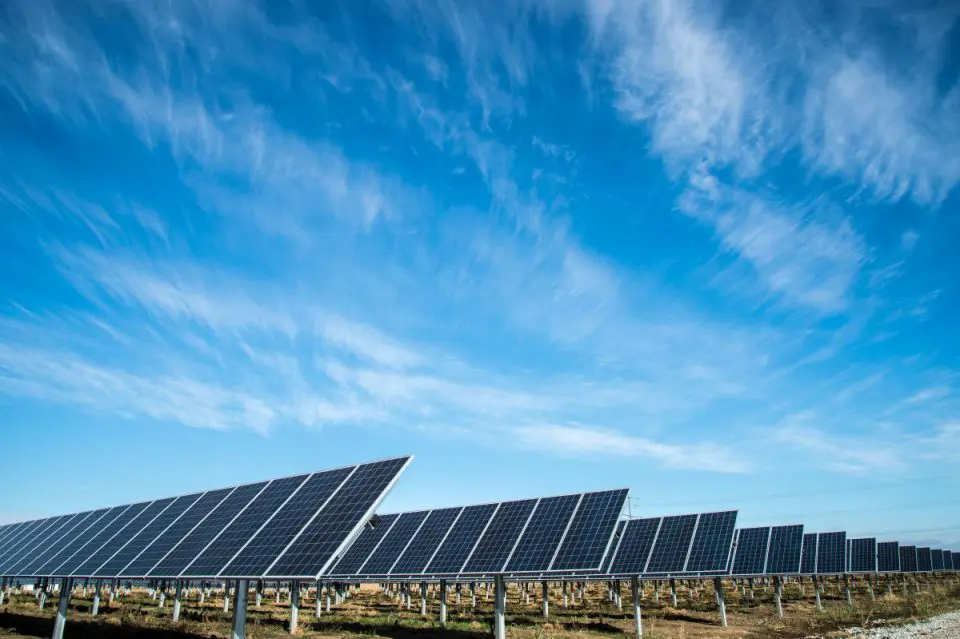KUALA LUMPUR, July 28 — MIDF Research looks upon with favour the government’s initiatives for the nation’s orderly energy transition through the launch of Phase 1 of the National Energy Transition Roadmap (NETR), from the oil and gas (O&G) sector’s perspective.
“We are confident Malaysia has the right tools, assets, and skill set to pioneer hydrogen fuel and carbon capture and storage in the region,” it said in a research note today.
MIDF Research said globally, the O&G sector has suffered divestments in favour of renewable energy (RE) and cleaner fuel.
“However, relative to the speed of adoption of RE, we believe the pace of divestment from O&G may be faster than required. As of July 2023, approximately US$40.5 trillion (RM184.1 trillion) had been divested from the sector, since 2014,” it added.
Yesterday, Economy Minister Rafizi Ramli launched the NETR, comprising 10 flagship catalytic projects worth RM25 billion to be developed in collaboration with the private sector, including carbon capture, utilisation and storage (CCUS), efficient switch, and green hydrogen.
This sets in motion longer-term plans to lift RE capacity shares to 70 per cent by 2050 from the current 25 per cent.
The announcement formed the first phase of the NETR, while Phase 2 will focus on establishing the low-carbon pathway, national energy mix, and emissions reduction target, as well as identifying key enablers.
MIDF Research believes hydrogen fuel and CCUS projects can assist in reinvestment in the O&G sector to ensure a smooth and orderly energy transition, in line with the aspirations for net-zero carbon and carbon neutrality across various markets.
“With the available CCUS technology, along with depleted gas reservoirs on the local front, we believe these could help Malaysia to pioneer the utilisation of hydrogen fuel in industries and power generation, beyond its current usage as transport fuel,” it said.
While the use of hydrogen fuel is still in the early stages, MIDF Research said in time, especially considering the rapid advancement of new technologies and utilisation of artificial intelligence and digital tech in the infrastructure for the processing, storage, transportation and combustion of hydrogen, this energy source will be crucial in realising the energy transition agenda in the near future.
Meanwhile, Hong Leong Investment Bank (HLIB) said of the 10 projects listed, Tenaga Nasional Bhd (TNB) has already planned for a combined 4 gigawatts worth of solar projects, including a one-gigawatt integrated RE zone and a 500-megawatt solar park catering to both domestic and export markets (potentially Singapore) and 4.5-megawatt solar rooftops.
“We understand the projects will provide further earnings growth in terms of potentially higher returns (as compared to existing Large-Scale Solar 1-4). Furthermore, TNB will benefit from the potentially higher wheeling charges for the export market (as it is proposed for differentiated returns for investment into energy export infrastructure),” HLIB said in a sector update report today.
It said TNB is expecting to invest an additional RM35 billion for energy transitions, on top of an existing RM54 billion for non-energy transition projects, for 2025-2030, whereby the cost could be recovered through higher tariffs for RE exports and green programmes for prosumers.
TNB is also supporting the emerging trend of data centres in Malaysia, which requires RE as part of their sustainability policy, HLIB said.
— Bernama





